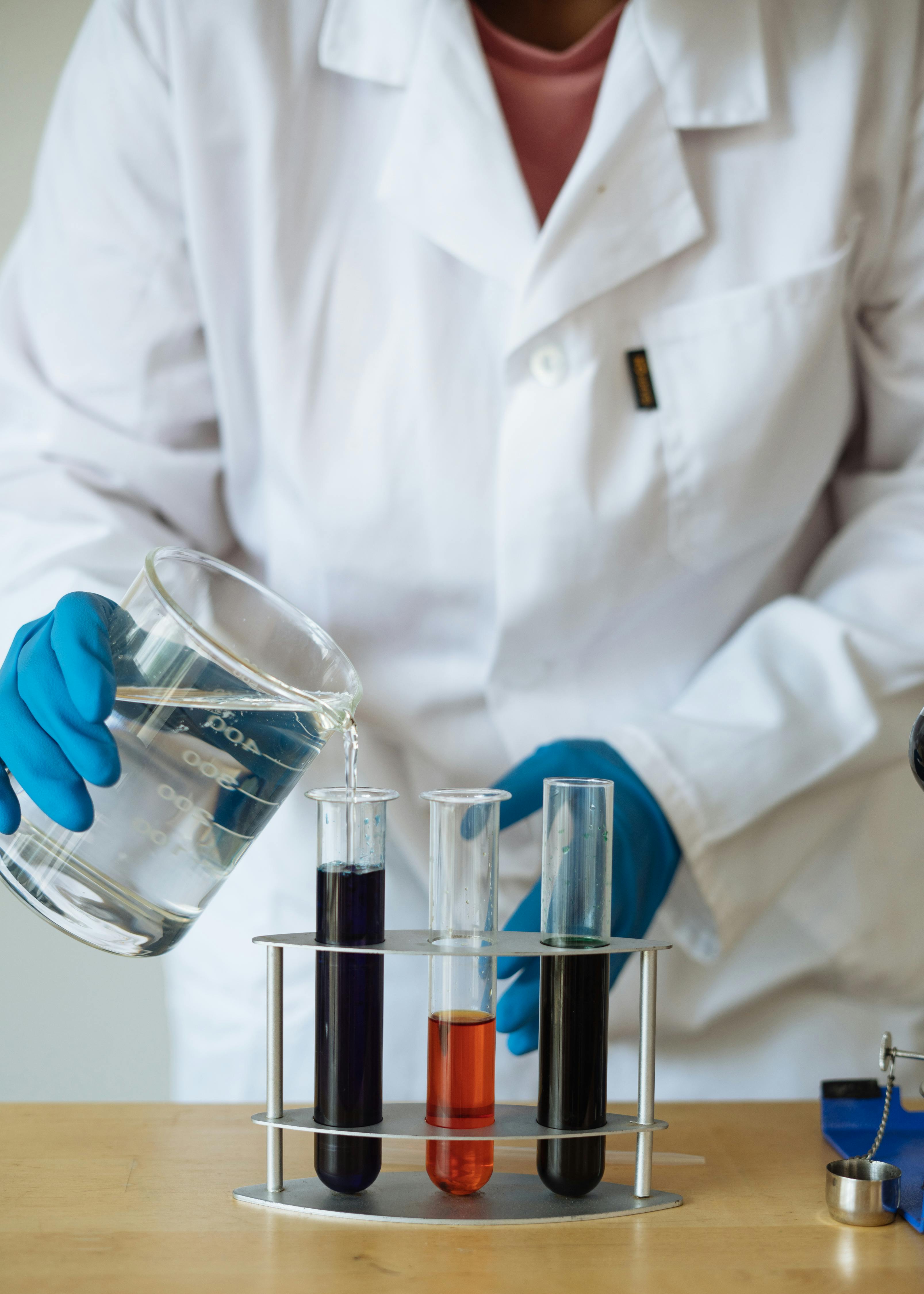Introduction
In earlier classes, we have learnt about some solids like cuboid, cone, cylinder, and sphere. We have also learnt how to find their surface areas and volumes.
It would be so great if the whole world is just made up of fixed shapes like cubes or cylinders or spheres. But fortunately or unfortunately our world is made up of a variety of shapes. So how do we find the surface area and volume of these shapes.
See the image of a pig below. Can we find the surface area of this pig?
It's hard right?
How about the image below? Can we find the surface area of the minecraft pig?
It's much easier as it just has a bunch of cuboids
This is the trick to find the surface areas and volumes of solids which don't have traditional shapes. Just imagine them to be in minecraft and approximate the mixture of shapes.
In our day-to-day life, we come across a number of solids made up of combinations of two or more of these basic solids. Say, a truck with a container fitted on its back, carrying oil or water from one place to another.
Is it in the shape of any of the four basic solids mentioned above?
It can be said that it is made of a cylinder with

Again, take the example of a test tube. You would have used one in your science laboratory.
This tube is also a combination of a cylinder and a
Similarly, while travelling, you may have seen some big and beautiful buildings or monuments made up of a combination of
If for some reason we wanted to find the surface areas, or volumes, or capacities of such objects, how would we do it? We cannot classify these under any of the solids we have already studied.
In this chapter, we will see how to find surface areas and volumes of such objects.

